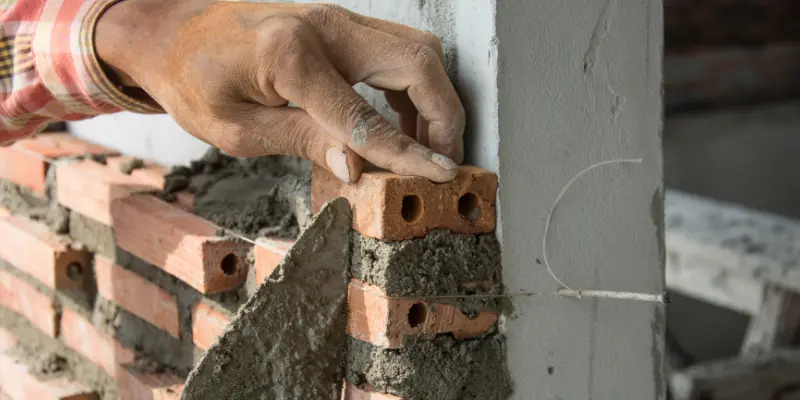Preservation of historical structures entails the use of modern construction materials and methods without compromising the architectural design of the original structure. For such projects, it is advisable to use Grey PPC (Portland Pozzolana Cement) because of factors such as durability, compatibility with other materials, and the fact that it can easily be integrated with other structures.
Grey Cement is an ideal material for guaranteeing that the renewed buildings will preserve their historic character while at the same time conforming to modern requirements.
The Advantages of Using Grey PPC Cement in Heritage Restoration
While renovating heritage buildings, the choice of materials tends to be the most important to retain the look and feel of the building and at the same time provide durability. The balance is achieved with the help of the Grey PPC Cement which is well-known for its strength and environmental friendliness.
Compatibility with Traditional Building Materials
Another aspect that makes Grey PPC Cement popular when it comes to heritage restoration projects is its ‘interoperability’ with traditional construction materials. Heritage buildings are made of stone, brick, and lime mortar and hence, a block of cement that is compatible with these structures is used. The pozzolanic material used in Grey PPC Cement has good compatibility with these substances and hence, they combine well to form a strong bond.
For instance, if applied to the restoration of an old brick façade, the Grey PPC Cement ensures that the new mortar complements the old bricks in the building. These types of cement not only improve the strength of the building but also save the historical look of the construction and is almost impossible to differentiate between the old construction and the addition.
Enhanced Durability for Long-Term Preservation
Heritage buildings are subjected to a variety of environmental pressures for any period including moisture, temperature changes, and pollution. The Grey PPC Cement provides high durability and is therefore suitable for protecting these structures from further decay. This allows the formulation of high-strength concrete that is also resistant to weathering and chemical attacks which are typical in the conservation of heritage structures.
For instance, in a coastal restoration project where the building is exposed to marine air, the use of Grey PPC Cement can minimize the effects of the salts in corroding the reinforcing parts. This makes the restored structure to be strong and secure for future use without the need for constant rehabilitation.
Maintaining Aesthetic Integrity
Another crucial area of concern in the restoration of heritage buildings is the overall appearance of the building. This is made possible through the use of the best raw material Grey PPC Cement which gives a near-perfect resemblance to the original building construction materials. This cement is particularly ideal for usage both on the interior and exterior where a consistent appearance is desirable.
For instance, when refurbishing an elaborate historical frontage, the use of Grey PPC Cement can help achieve the same finish and the intricate details of the building without the need for cosmetic changes. It is characterized by a low profile color and texture ensuring that new elements do not interfere with the established structure of the building hence retaining the historical nature of the structure.
Conclusion
For heritage building restoration, Grey PPC Cement stands as an essential component for delivering the best of both the past and the present. Its ability to blend with traditional construction materials, combined with the increased durability and ability to retain the appearance necessary for such delicate tasks makes it the cement best quality to use in such projects.
If you are in search of higher-quality cement solutions for the restoration of heritage buildings, then Prism Cement is your best bet. Given its mission to deliver the best building solutions, Prism Cement guarantees that each restoration project will withstand the ravages of time, thus helping to maintain history’s legacy.





